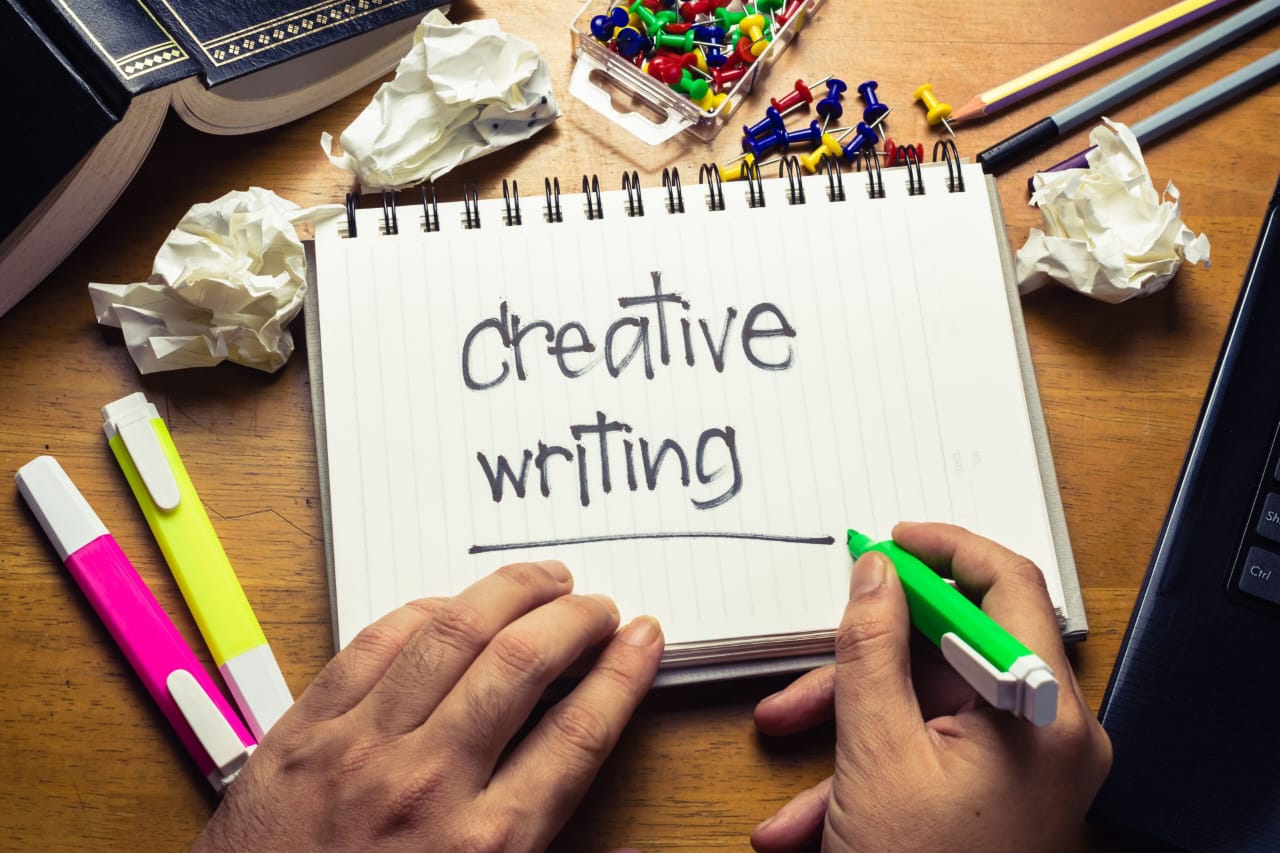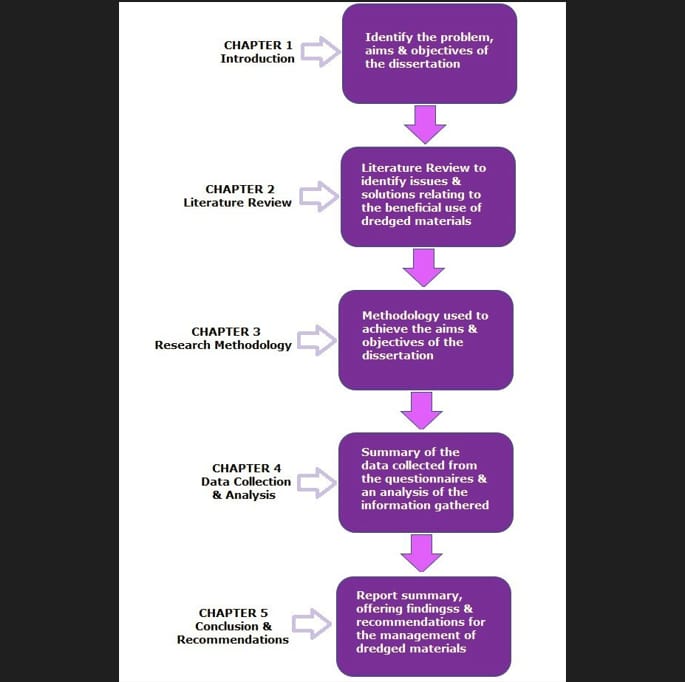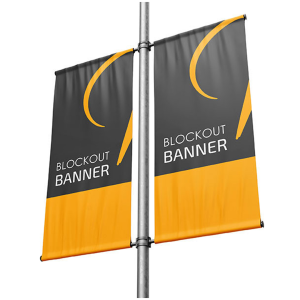A Comprehensive Guide on Creative Writing Dissertation – From Idea to Manuscript

A creative writing dissertation is a journey that involves not just writing but shaping a scholarly masterpiece. But it is also essential to perform this task well to be successful and get a degree. Writing a dissertation can be tough for students, and that’s why most of them fail in it. It often happens due to a lack of guidance or insufficient time and creative writing skills.
According to Discover PhDs, the PhD failure rate in the UK is 19.5%, with 16.2% leaving their program early and 3.3% failing their viva. However, 80.5% successfully completed their PhD and earned a doctorate. These numbers show the importance of proper dissertation writing to get a degree.
Though it may seem overwhelming to begin dissertations on creative writing, fear not! You can get dissertation writing services in the UK from experts. They offer the best help for your dissertation and make you able to score the highest grades.
Here, we have come up with a detailed and easy guide to help you throughout this process of crafting a creative writing dissertation.
What is Creative Writing?
According to Oxford Summer Courses, creative writing is like painting with words, letting us express our thoughts and emotions in a unique way. It goes beyond regular writing, giving us the freedom to create original and imaginative pieces of creative writing, like poems, stories, or scripts. Unlike traditional writing, it is a type of creative writing that encourages us to play with language, structure, and storytelling.
Whether it’s a touching poem or an exciting short story, creative writing lets us share our individual perspectives and experiences with the world. It makes use of a number of literary devices and writing techniques. It includes children’s literature, fiction writing, and academic writing.
Here, we are going to discuss its academic dissertation writing part in detail.
Step-by-Step Guide to Craft a Successful Creative Writing Dissertation
Wondering how to write a creative writing dissertation? To know this whole process from start to end, read this a few minutes guide. Our dissertation writers have explained everything in a very easy and understanding way in the following steps:
Title Page to Set the Stage
Wondering how to start writing a dissertation. Well, when you open someone’s dissertation, you look at its title page as the first thing. It is just like the cover of your dissertation on creative writing – the first thing that people will see.
Don’t you know the basic components of a title page? There are not a huge number of things that should be added to it. Rather, you must write just basic essentials, such as:
- Dissertation Title
- Your Full Name
- Institutional Affiliation
- Degree Information
- Date of Submission
- Advisor’s Name
Acknowledgment
This is the second step, where you should give credit to the people who helped you during your creative writing dissertation journey. The acknowledgments section is where you thank everyone who helped you in making your dissertation journey possible, much like the credits at the end of a movie.
Here, you should do the following:
- Thank your advisers and committee members for their advice and assistance.
- If you were awarded financing for your research, also acknowledge those sources.
- Talk about the individual help you received from family and friends while you were pursuing your education.
Abstract
Consider the abstract as a preview for a film. It provides a brief synopsis of the main points of your creative writing dissertation. What is the primary issue you are resolving? How were you able to do that? What did you discover? It resembles a teaser to pique people’s curiosity.
This concise summary concisely covers your entire dissertation. Here, you should cover the research problem, methodology, key findings, conclusions, and relevant keywords.
Table of Contents
Surely a good story needs a map? The table of contents resembles the map in your novel. It makes it easy for readers to navigate by displaying every chapter and part. Think of this as a roadmap, listing chapter titles, subheadings, and appendices. It serves as a helpful navigation tool for readers to find specific sections quickly.
List of Figures, Tables, and Abbreviations
A list of figures and tables is essential for creative writing dissertations with visual elements. Each item is assigned a unique number, accompanied by a brief title and page number for easy reference. Make technical terms accessible by listing abbreviations alphabetically, providing full explanations, and optionally including the page number of their first use.
Brendan McVeigh from Robert Gordon University presented the following chapter guide for writing a dissertation:
- Chapter 1: Introduction
- Chapter 2: Literature Review
- Chapter 3: Research Methodology
- Chapter 4: Data Collection and Analysis
- Chapter 5: Conclusion and Recommendations

Introduction
The first chapter and the introduction are similar. What issue are you attempting to resolve? Why does it matter? How do you intend to resolve it? It’s similar to laying the groundwork for the upcoming journey.
Introduce your creative writing dissertation like a captivating story:
- Research Problem: Clearly state the problem or question.
- Provide Context: Explain the broader significance of your research.
- Purpose and Objectives: Outline your research goals.
- Hypotheses or Research Questions: Present any guiding hypotheses or questions.
- Scope and Limitations: Define the scope and any limitations.
Literature Review
You must read other people’s writings on related subjects before you write your own story. Doing a literature review is similar to taking out all the books that are relevant to your story from the library. It facilitates your awareness of existing resources.
Summarise and analyze the existing scholarly work, identify gaps, and discuss the theoretical framework during the literature survey. You should also explore the methodological approach and synthesize information logically for your creative writing dissertation writing.
Methodology
Describe your research design and experimental techniques in this chapter. Follow the following points essential to cover everything in detail:
- Research Design: Describe the overall structure of your study.
- Data Collection: Explain how you gathered data.
- Sampling: Detail how you selected participants.
- Data Analysis: Outline your analytical techniques.
- Ethical Considerations: Address any ethical concerns.
Results
It’s time to share the thrilling portion of your narrative: the outcome. You report the findings in the results section. Tell your audience about your findings using straightforward language, graphs, or charts.
Objectively present your research outcomes at the end of your creative writing dissertation. This chapter should clearly portray what you have done during this journey and what their consequences are.
Discussion
Some institutions combine this chapter with the above, while others keep it separate. You should ask your supervisors and act accordingly. It involves data interpretation and analysing and connecting them to your research.
Moreover, you should discuss the main objectives and existing literature a little bit to show your knowledge and understanding. Also, talk about the limitations, if there are any, and suggest future directions for research.
Conclusion
You can call it similar to the abstract. The conclusion chapter, as the name indicates, concludes and summarises the main findings of your research. Along with that, you should restate how you achieved these objectives in your creative writing dissertation writing. Furthermore, you should discuss the theoretical and practical implications of your findings. But avoid adding any new information that you have not discussed above.
- Bibliography
Recall that every competent writer cites their sources. List all sources cited and referenced following a specific citation style. Alphabetically list books, journal articles, online sources, and other references.
The bibliography looks similar to a homework display. You should cover every resource you used for your dissertation, including books, papers, and the Internet.
Appendices
It is completely optional whether you add these appendices to your dissertation or not. Wondering what does it cover? Well, it includes secondary materials like raw data, additional figures and tables, questionnaires, and technical details.
You have both options in this situation. Whether you want to add such relative and additional things or not, in both cases, it will not affect your dissertation grades.
Proofreading and Editing
You may understand the importance of editing if you are a student or a writer. Academic writing demands perfection in everything, and when it comes to creative writing dissertation, it must look polished and shining before submission.
Editing and proofreading are like giving the last-minute touches to your story. Try to make it error-free by removing all the grammar, typos, spelling, and other mistakes.
Defending Your Dissertation
Defence looks like an uphill battle to most of the students. After dissertation submission, start preparation for defence. Early planning and preparation can save you from last-minute rushes.
Make an awesome presentation to present your research work to the committee. Try to defend your arguments and answer all the questions very well to get your desired grades.
Conclusion
We all know that it is very challenging for students to write a dissertation on creative writing. But, by following the above step-by-step guide, you can make your creative writing dissertation journey smooth and easy-going. It’s your tale, not simply a piece of writing. Give yourself time to appreciate your inventiveness and hard work.
However, if you want an expert touch-up in your writing and want to make it stand out, avail of dissertation writing services UK.







